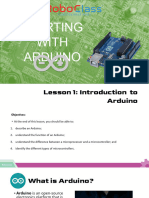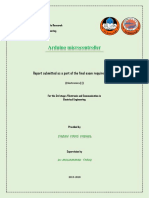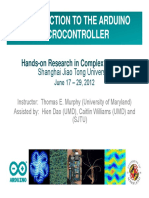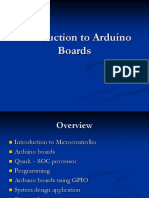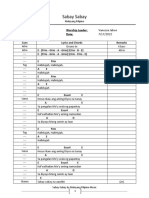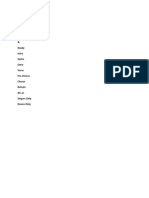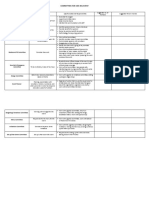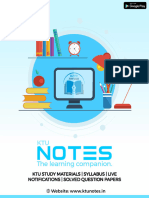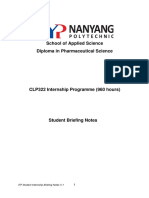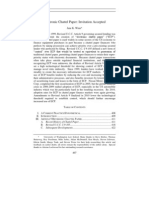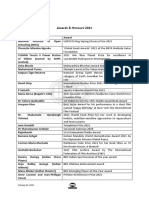0% found this document useful (0 votes)
22 views30 pagesMicrocontrollers Lesson 30slides
The document provides an overview of microcontrollers, defining their basic functions, key features, and differences from microprocessors. It also outlines the setup of the Arduino IDE for programming microcontrollers, including writing and uploading a simple program. Additionally, it discusses real-life applications, popular microcontroller examples, and the future of microcontrollers in IoT and automation.
Uploaded by
Federico EstradaCopyright
© © All Rights Reserved
We take content rights seriously. If you suspect this is your content, claim it here.
Available Formats
Download as PPTX, PDF, TXT or read online on Scribd
0% found this document useful (0 votes)
22 views30 pagesMicrocontrollers Lesson 30slides
The document provides an overview of microcontrollers, defining their basic functions, key features, and differences from microprocessors. It also outlines the setup of the Arduino IDE for programming microcontrollers, including writing and uploading a simple program. Additionally, it discusses real-life applications, popular microcontroller examples, and the future of microcontrollers in IoT and automation.
Uploaded by
Federico EstradaCopyright
© © All Rights Reserved
We take content rights seriously. If you suspect this is your content, claim it here.
Available Formats
Download as PPTX, PDF, TXT or read online on Scribd
/ 30







